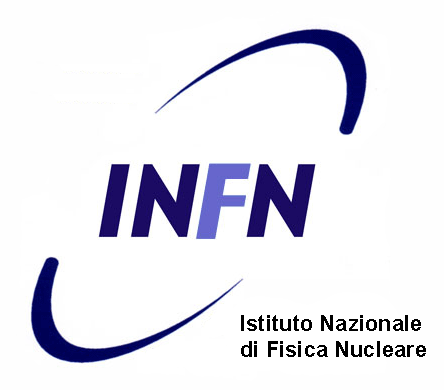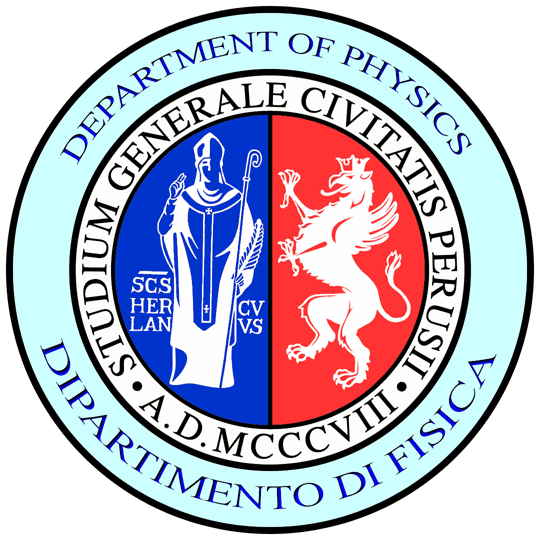Oscar Trippella
PhD Student in Physics - INFN & University of Perugia, Italy
Research Activities.
The s-process nucleosynthesis.
About half of elements heavier than iron is produced by a sequence of slow neutron captures and beta-decays occuring during the final evolutionary phase of low-mass stars (less than 3 solar masses) called thermal-pulsing asymptotic giant branch (TP-AGB). In this environment and following the usual description of the stellar model (Gallino et al., 1998; Busso et al., 1999) the main neutron source is, in radiative conditions at T = 0.9 GK, the 13C(α,n)16O reaction that provide a neutron density of about 106 - 108 n/cm3. During thermal instability, at higher temperatures tipically about 2.5 - 3.5 GK, also the 22Ne(α,n)25Mg reaction can be activated and an extra exposition of neutrons occurs. Our group works on a post-process program about the production and the destruction of s elements starting from the, still not very well known, hypothesis of 13C-pocket formation. Recently new observative constraints (Maiorca et al., 2011 and 2012 and many others) suggested that 13C pocket for low mass stars is larger than the one assumed today.
The 13C(α,n)16O reaction rate.
The collaboration started after I obtained an annual fellowship provided by INFN at the National Laboratories of South in Catania (Italy). During that period I partecipated at the measure of 13C(α,n)16O reaction rate performed by ASFIN2 group at the Florida State University facility through the indirect tecnique called Trojan Horse Method. The reaction is considered the main neutron source for low-mass asymptotic giant branch stars. I also partecipated to data analysis about mentioned reaction and we obtained for first time the value of cross section at very low energy overcoming the uncertainties introduced by the presence of a sub-threshold resonance at -3 keV in the centre of mass system. The result (La Cognata et al., 2012 and 2013) is consistent with most recent works in literature (Heil et al., 2008; Pellegriti et al., 2008; Guo et al., 2012) and shows only small differences with the most used rate (as for example Drotleff et al., 1999) in astrophysical environment.

